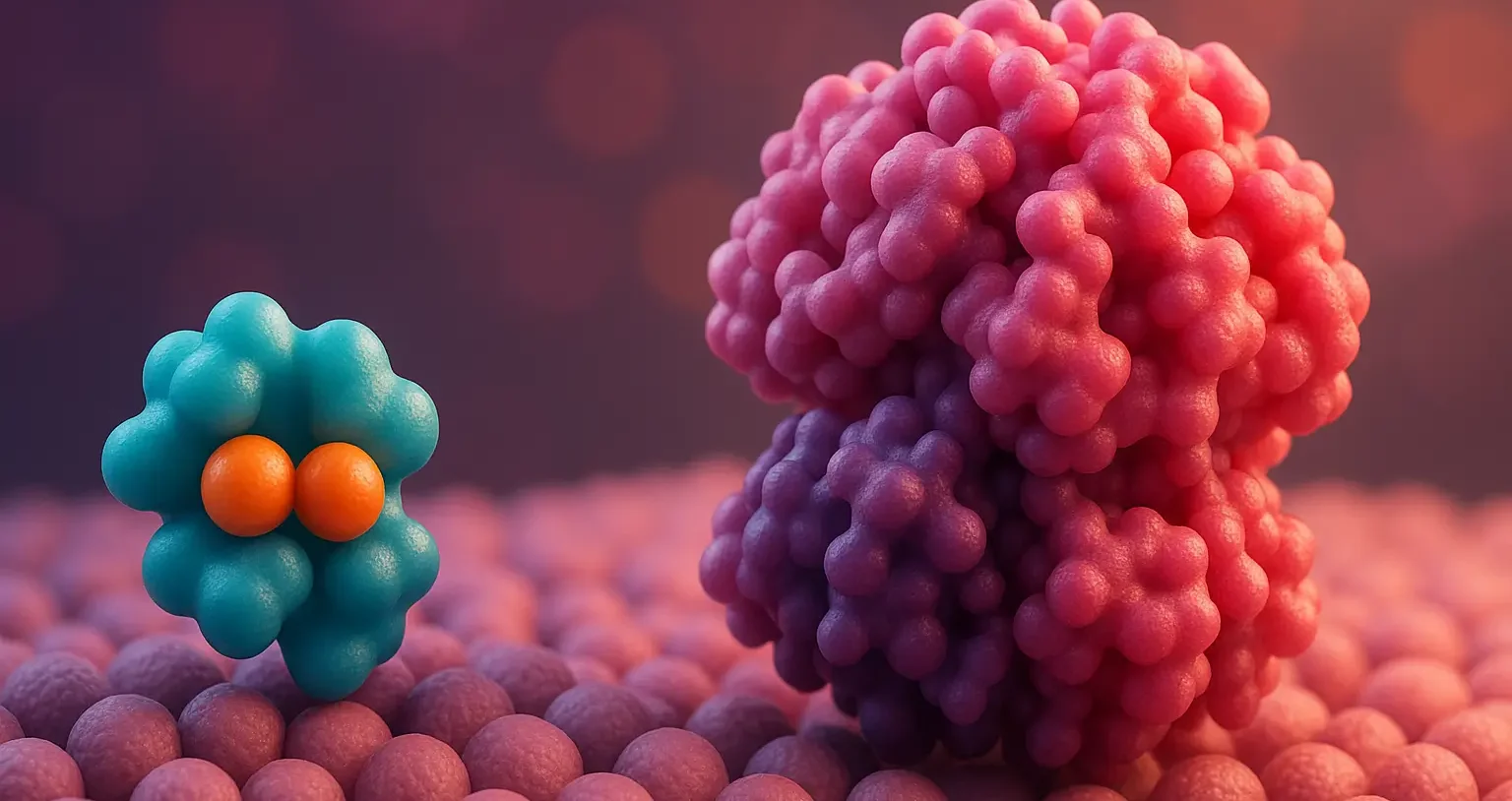Complexation and Protein Binding involve the reversible interaction of a drug with proteins or other molecules, forming complexes that affect the drug’s distribution, activity, and elimination.
Complexation Introduction
- Complexation is a chemical process where molecules or ions combine to form a stable complex. It typically involves:
- Central Metal Ion: Usually a metal (e.g., Fe, Cu, Zn) that acts as an electron acceptor.
- Ligands: Molecules or ions that donate electron pairs to the metal, forming coordinate covalent bonds. Ligands can be small ions (like Cl⁻) or larger molecules (e.g., ethylenediamine).
- Complexation is key in coordination chemistry, influencing the structure and stability of complexes, which can vary from linear to complex geometries (e.g., octahedral).
- It plays a significant role in processes like catalysis and metal ion transport in biological systems.
Protein Binding Introduction
- Protein binding involves the interaction of drugs or molecules with proteins in biological systems, particularly in the bloodstream.
- Plasma Proteins: Proteins like albumin bind to various molecules, affecting their availability.
- Drug Impact: When bound to proteins, drugs are often inactive; only the unbound fraction is pharmacologically active.
- Pharmacokinetics/Pharmacodynamics: Protein binding influences a drug’s movement, duration, and elimination in the body, impacting its therapeutic effects.
Click Here to Watch the Best Pharma Videos
Advertisements

